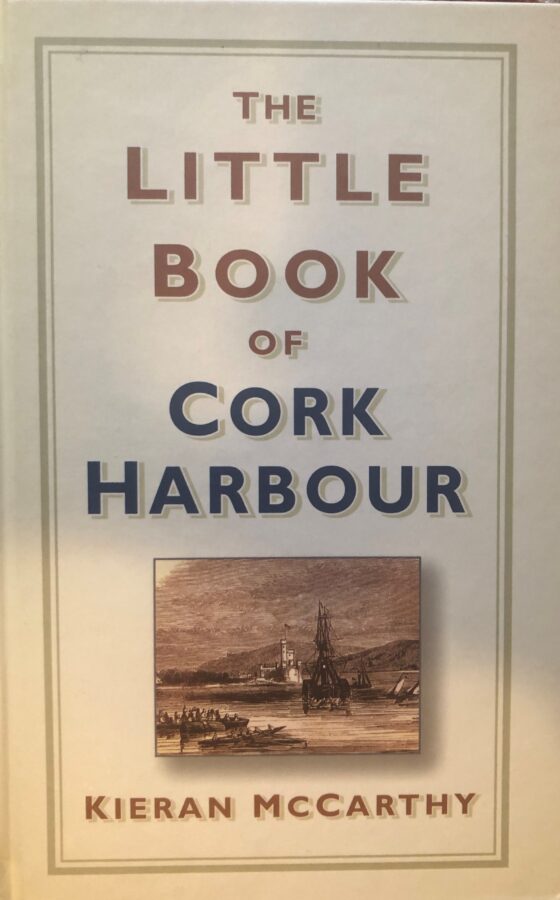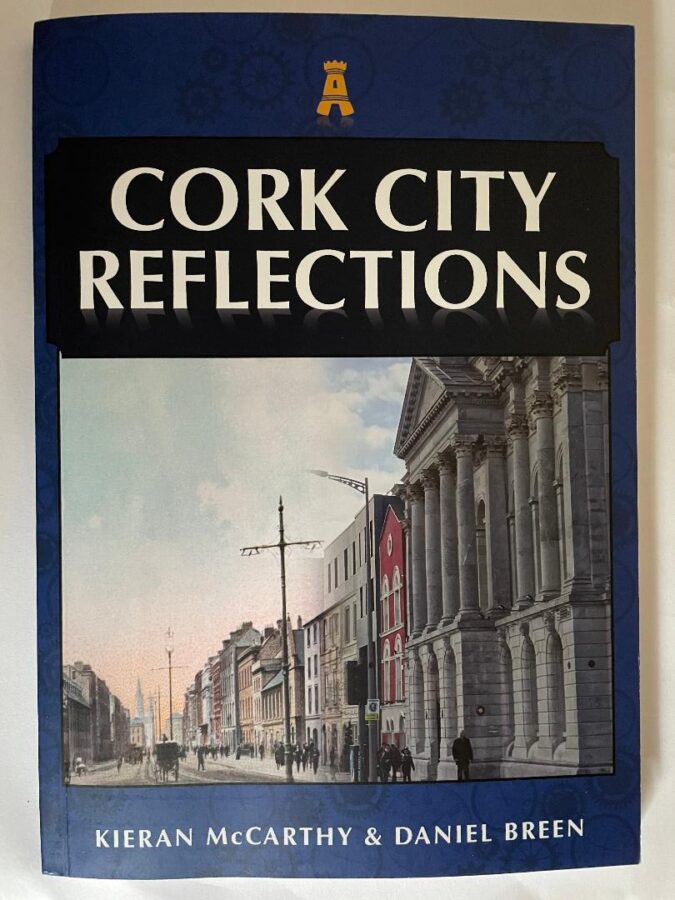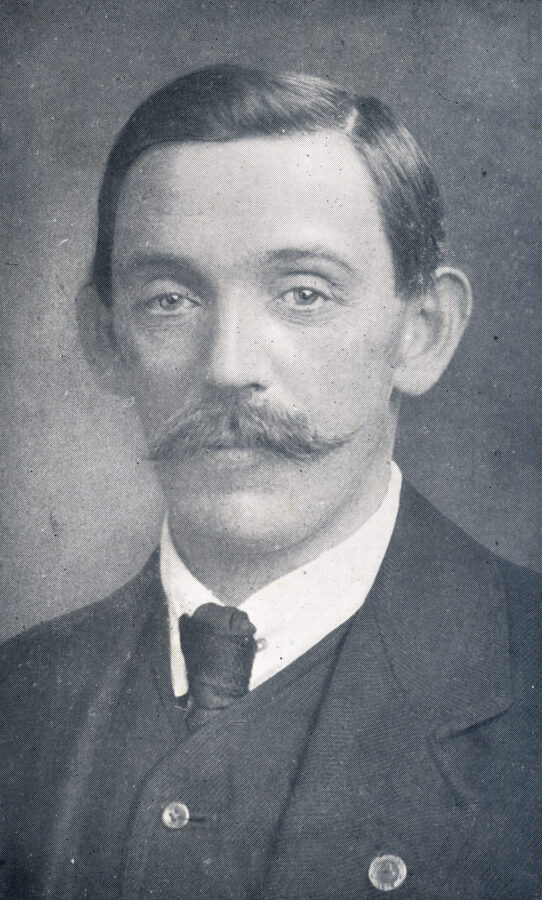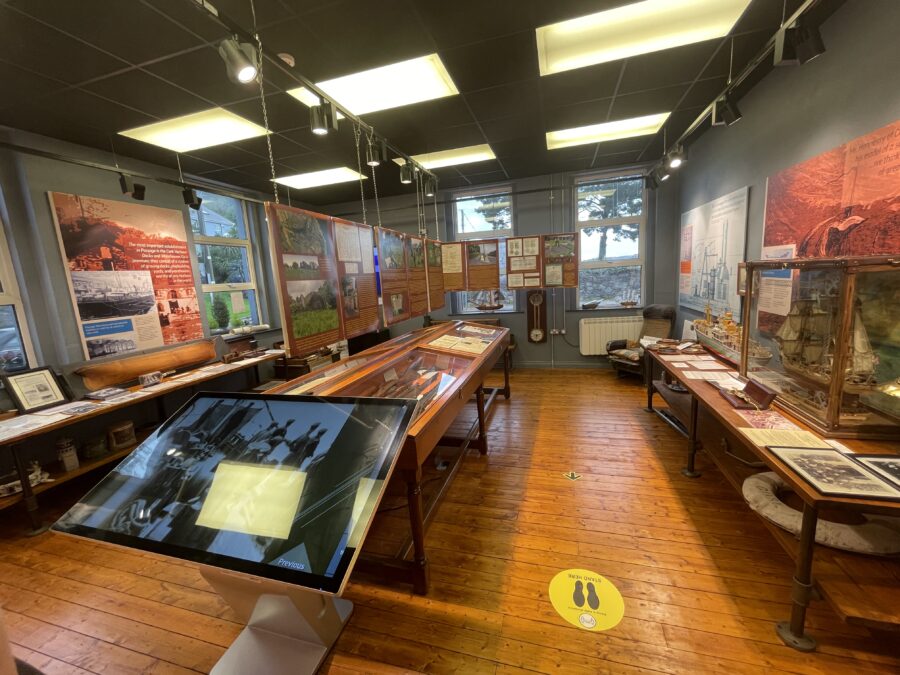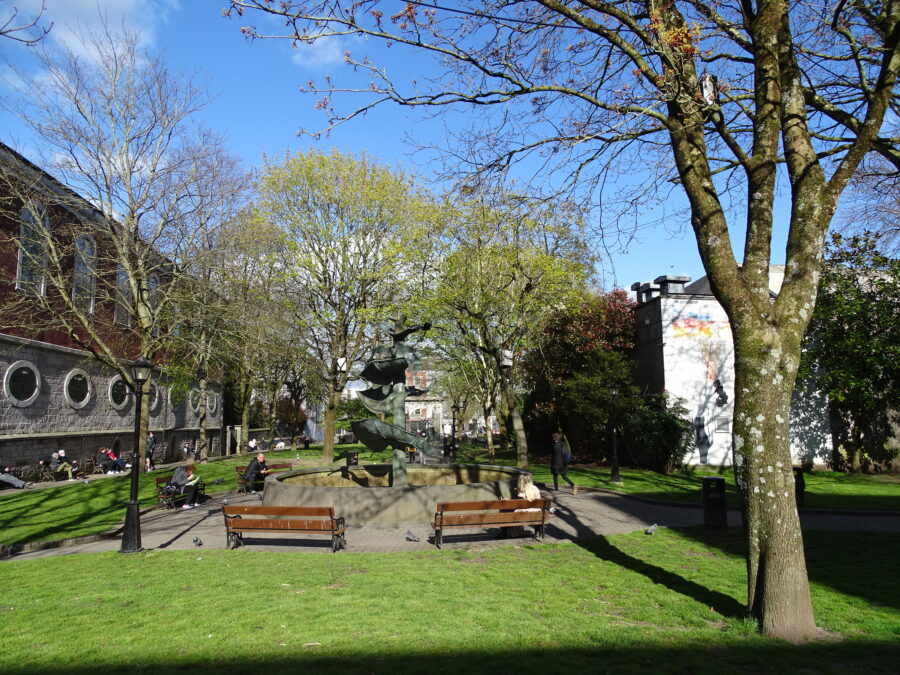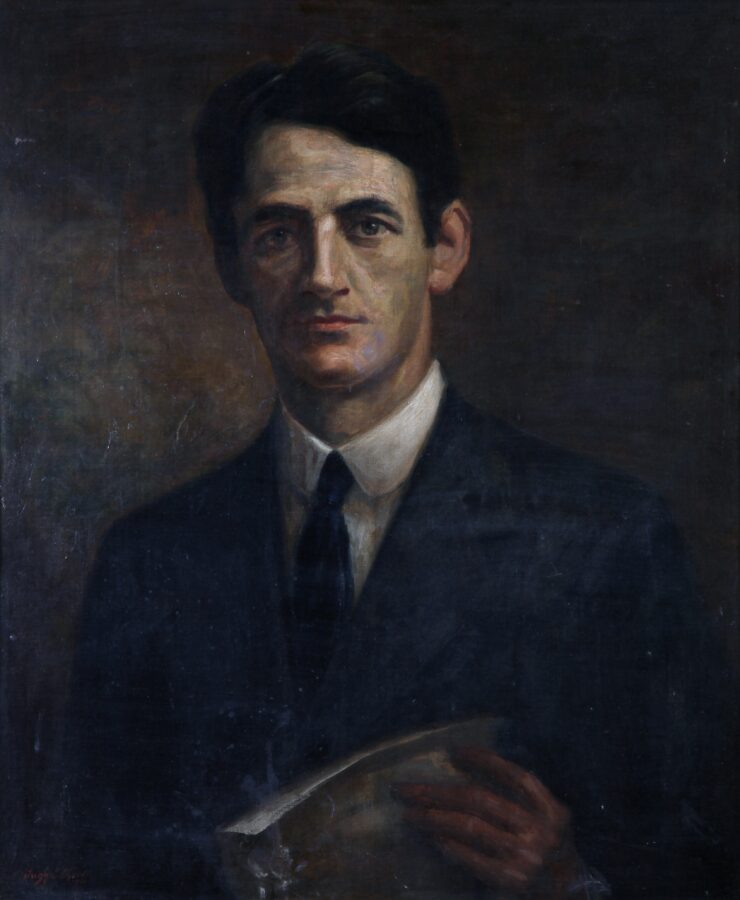Kieran’s Our City, Our Town Article,
Cork Independent, 2 December 2021
Kieran’s Cork Books for Christmas
It’s only a few weeks to Christmas. There are two publications of mine, which readers of the column might be interested in. In my new book Cork City Reflections (Amberley Publishing, 2021), Dan Breen and I build on our previous Cork City Through Time (2012) publication as we continue to explore Cork Public Museum’s extensive collection of postcards.
People have been sending, receiving and collecting postcards for well over 150 years. They have always come in a variety of forms including plain, comedic, memorial, and of course topographical. Their popularity reached its zenith in the two decades before the outbreak of First World War when people used postcards for a variety of everyday reasons from ordering shopping to making appointments. Postcards have been described as the ‘social media’ of the Edwardian period as it is estimated that about one billion penny postcards were sold annually in the United States alone between 1907 and 1915.
The old postcards within Cork City Reflections show the city of Cork to be a place of scenic contrasts. They are of times and places, that Corkonians are familiar with. Many of the postcards show or frame the River Lee and the tidal estuary and the intersection of the city and the water. The postcards show how rich the city is in its traces of its history. The various postcards also reflect upon how the city has developed in a piecemeal sense, with each century bringing another addition to the city’s landscape.
Some public spaces are well represented, emphasised and are created and arranged in a sequence to convey particular meanings. Buildings such as a City Hall, a court house or a theatre symbolise the theatrics of power. Indeed, one hundred years ago in Ireland was a time of change, the continuous rise of an Irish cultural revival, debates over Home Rule and the idea of Irish identity were continuously negotiated by all classes of society. Just like the tinting of the postcards, what the viewer sees is a world which is being contested, refined and reworked. Behind the images presented is a story of change – complex and multi-faceted.
We have grouped the postcards under thematic headings like main streets, public buildings, transport, and industry. The highlight of Edwardian Cork was the hosting of an International Exhibition in 1902 and 1903 and through the souvenir postcards we can get a glimpse of this momentous event.
The Little book of Cork Harbour has been published by The History Press (2019). Cork Harbour is a beautiful region of southern Ireland. It possesses a rich complexity of natural and cultural heritage. This is a little book about the myriad of stories within the second largest natural harbour in the world. It follows on from a series of my publications on the River Lee Valley, Cork City and complements the Little Book of Cork (History Press, 2015). It is not meant to be a full history of the harbour region but does attempt to bring some of the multitudes of historical threads under one publication. However, each thread is connected to other narratives and each thread is recorded to perhaps bring about future research on a site, person or the heritage of the wider harbour.
In the book the section, Archaeology, Antiquities and Ancient Towers explores the myriad of archaeological finds and structures, which survive from the Stone Age to post medieval times. Five thousand years ago, people made their home on the edge of cliffs and beaches surrounding the harbour. In medieval times, they strategically built castles on the ridges overlooking the harbour.
The section, Forts and Fortifications, explores the development of an impressive set of late eighteenth-century forts and nineteenth century coastal defences. All were constructed to protect the interests of merchants and the British Navy in this large and sheltered harbour.
The section, Journeys Through Coastal Villages, takes the reader on an excursion across the harbour through some of the region’s colourful towns. All occupy important positions and embody histories such as native industries, old dockyards, boat construction, market spaces, whiskey making and food granary hubs. Each add their own unique identity in making the DNA of the harbour region.
The sections, Houses, Gentry and Estates and People, Place and Curiosities, respectively are at the heart of the book and highlight some of the myriad of people and personalities who have added to the cultural landscape of the harbour.
The section, Connecting a Harbour, describes the ways the harbour was connected up through the ages, whether that be through roads, bridges, steamships, ferries, or winch driven barges.
The eighth section, Tales of Shipping, attempts to showcase just a cross-section of centuries of shipping, which frequented the harbour; some were mundane acts of mooring and loading up goods and emigrants but some were eventful with stories ranging from convict ships and mutiny to shipwrecks and races against time and the tide.
The section entitled Industrial Harbour details from old brickworks, ship buildings to the Whitegate Oil Refinery. Every corner of the harbour has been affected by nineteenth century and twentieth century industries.
The last section Recreation and Tourism notes that despite the industrialisation, there are many corners of the harbour where GAA and rowing can be viewed as well as older cultural nuggets such as old ballrooms and fair grounds. This for me is the appropriate section to end upon. Cork Harbour is a playground of ideas about how we approach our cultural heritage, how were remember and forget it, but most of all how much heritage there is to recover and celebrate.
Both Cork City Reflections (2021) & The Little Book of Cork Harbour (2019), and Kieran’s other books are available in Waterstones, Vibes and Scribes and Nano Nagle Place.
Captions:
1128b. Front cover of The Little Book of Cork Harbour (The History Press, 2019) by Kieran McCarthy.
